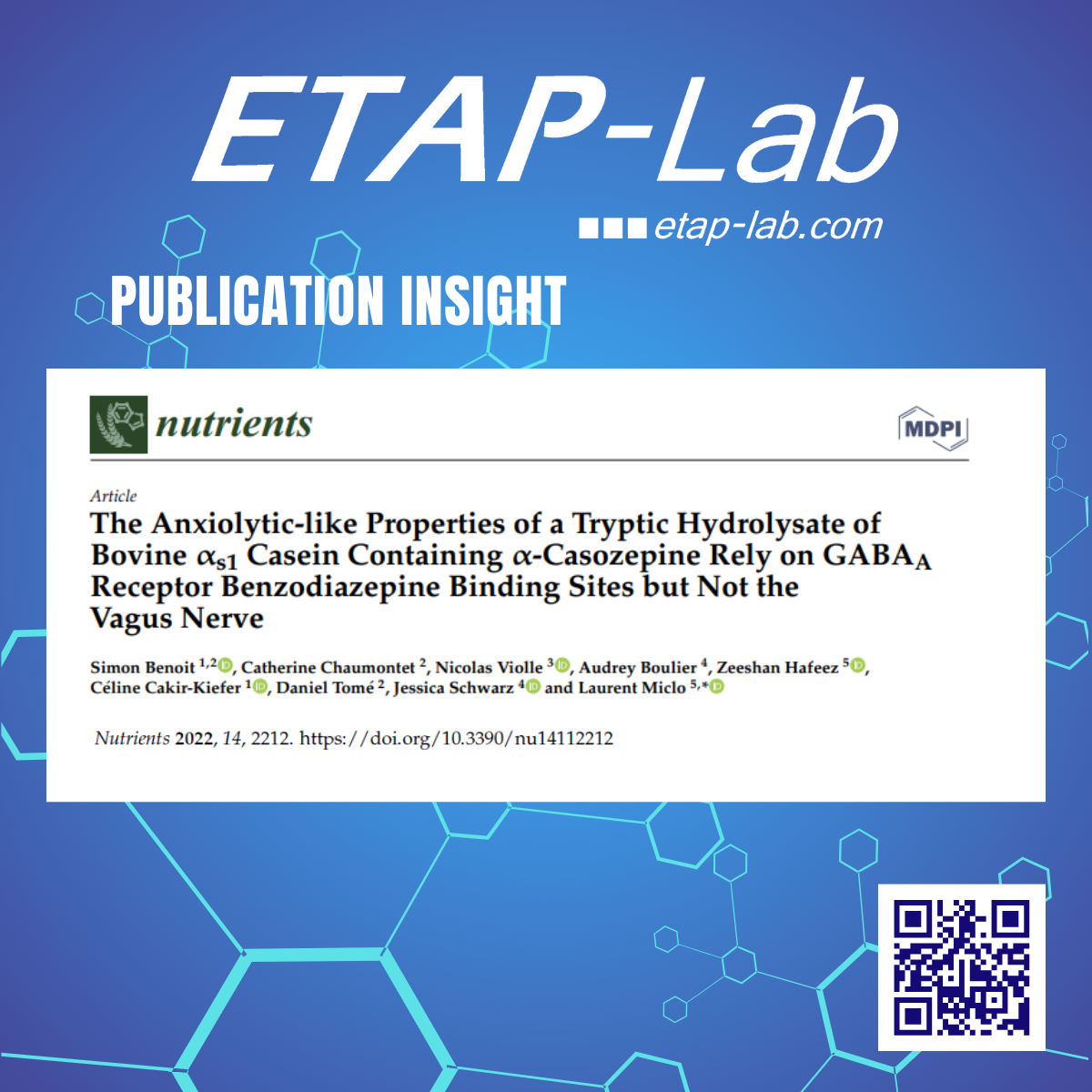Induction of superficial bladder tumors in the female Fischer 344 rats with AY-27 tumor cells for the study of diffusion and localization of hemoglobin derived components (hematoporphyrin derivative) in view of photochemotherapy
Bisson JF, Notter D, Labrude P, Vigneron C, Guillemin F - 1999, Artif Cells Blood Substit Immobil Biotechnol, 27:77-84.
Photochemotherapy (PCT) consists in administration of a photosensitizer and subsequent irradiation of the tumor with visible light. Routinely, the photosensitizer is given intravenously (i.v.), but the major drawback of this procedure is the resulting skin photosensitivity. The goal of our study is to examine whether intravesical (i.b.) instillation of the photosensitizer for PDT of bladder cancer might be feasible in order to target the tumors and to avoid the photosensitization phenomenon. After first studying the biodistribution of hematoporphyrin derivative (HpD) in vivo in the rat bladder, two and four hours after intravesical administration, by fluorescence microscopy, we compared two different methods for the induction of superficial bladder tumors in rats with AY-27 tumor cell line in order to perform the same study on bladder tumors. The best results for the penetration depth of HpD in the normal bladder wall were obtained two hours after the bladder instillation where the photosensitizer was detected only in the bladder surface (urothelium and small part of the chorion). That’s why we must choose the most appropriate bladder tumor model in order to obtain superficial bladder tumors that mimic the clinical behavior of superficial bladder cancer in man. Both techniques used in this study gave a high tumor take rate in a short time (> 90%). But we really obtained superficial bladder tumors directly attached to the bladder surface with one of the two methods of tumor induction consisting in the abrasion of the bladder surface prior to the administration of the tumoral cells in the bladder cavity.
Link to Pubmed


